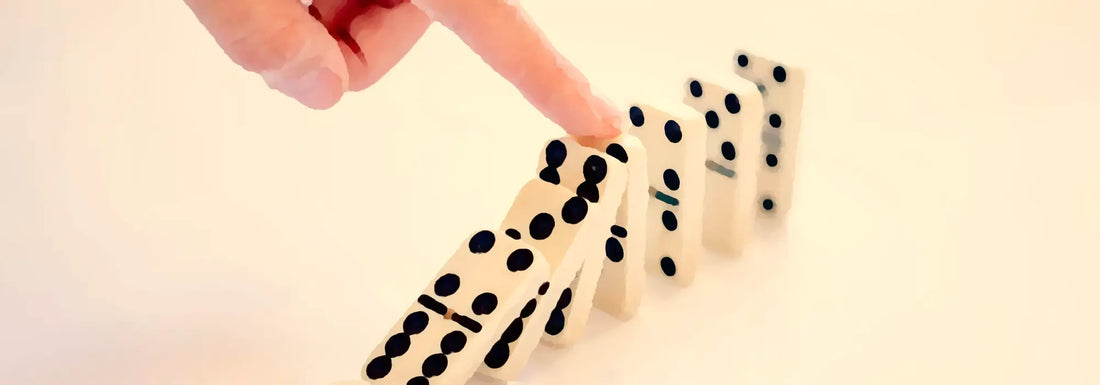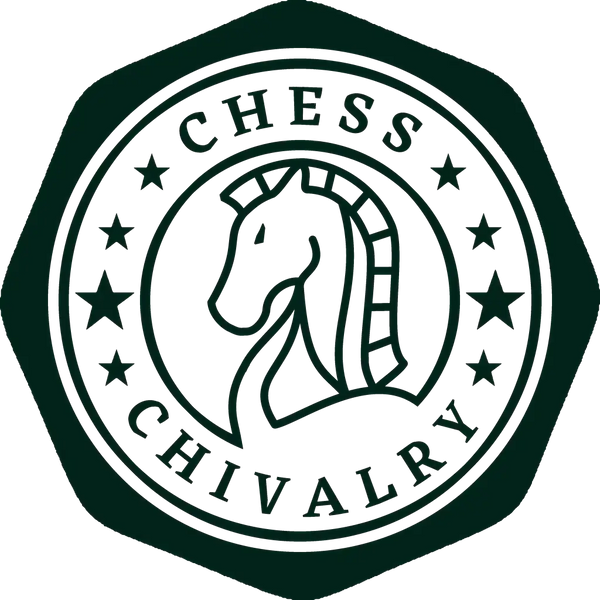
Chess & Tactics: The Stalemate – An Unexpected End
Share
The stalemate is one of the most fascinating twists in chess, often occurring unexpectedly and saving a game with a draw at the last moment. But what exactly is a stalemate, how does it differ from checkmate, and how can it be used tactically? In this article, we explore the significance of stalemates, typical situations, and their advantages for the player at a disadvantage.
Stalemate vs. Checkmate
Stalemates and checkmates are often confused, but there is a key difference:
-
Checkmate:
The king is in check and has no legal move to escape. This ends the game—the player whose king is checkmated loses.
-
Stalemate:
The king is not in check but also has no legal moves. Additionally, no other piece has a legal move. In this case, the game ends in a draw (stalemate).
Stalemates often confuse beginners because the rule that a player cannot make a legal move may initially appear equivalent to losing the king. However, unlike checkmate, a stalemate is considered a neutral situation, ending the game fairly.
Put more concretely, a stalemate occurs when the attacking player threatens all the squares the king could move to, but not the king’s current square. Since the opposing king is not under attack, a victory cannot be declared under the rules.
When Does a Stalemate Often Occur?
Stalemate situations are most common in endgames, when few pieces remain on the board. Typical scenarios where a stalemate may unexpectedly occur include:
1. King vs. Superior Pieces
A lone king without pawns or other pieces can easily be forced into a stalemate if cornered. For example, a queen or rook may try to drive the king to the edge of the board without carefully securing checkmate.
2. Pawn Endgames
A stalemate can arise if a pawn is blocked just before promotion and the opposing king has no available moves. Precise calculations are needed to avoid or deliberately create such situations.
3. Mistakes by the Superior Player
A player with a clear material advantage often overlooks the possibility of their opponent escaping into a stalemate. Queen-versus-king endgames, in particular, frequently result in stalemates due to inaccurate play by the player with the queen.
4. Forced Moves
Stalemates can sometimes be intentionally engineered when the weaker player forces moves that block all the king’s available squares. For example, a pawn protected by its king may force the opponent into a sequence of moves leading to a stalemate.

A typical situation for a stalemate.
The Advantage for the Weaker Player
A stalemate is a defensive strategy that the weaker player can deliberately aim for to turn an apparently lost game into a draw. There are several ways to achieve this:
1. Sacrificing Pieces
The weaker player can intentionally sacrifice material to clear the board, leaving only their king. In such situations, a stalemate is often the only way to avoid losing the game.
2. Building Blockades
When the opponent tries to position their pieces to block all escape routes, it can lead to a stalemate. The weaker player should encourage these blockades to prolong the game and create opportunities for a draw.
3. Exploiting Opponent’s Weaknesses
If the opponent plays imprecisely or rushes to finish the game, it may open a path to a stalemate. A classic example is "incorrect" checks with the queen, which can force the opponent's king into a stalemate position.
Pursuing a stalemate requires creativity and tactical skill. It is often the last hope in an otherwise hopeless position.
Conclusion
The stalemate is a central element of chess that is often underestimated. It brings suspense to the final moves of a game and offers the weaker player a chance to salvage a draw. Conversely, it demands precision from the stronger player to avoid an unexpected stalemate.
Understanding and deliberately utilizing the stalemate expands your tactical repertoire and improves your ability to handle challenging positions. Whether you aim to create or prevent a stalemate, it remains one of the most fascinating aspects of the game.
Thank you for your interest in chess. If you also enjoy playing chess on the board, I warmly invite you to explore my selection of high-quality Staunton chess pieces and chessboards. My range includes handcrafted tournament-standard products suitable for both beginners and experienced players.
I wish you lots of fun playing, much success, and steady progress in your learning journey.
See you soon.
Stefan
